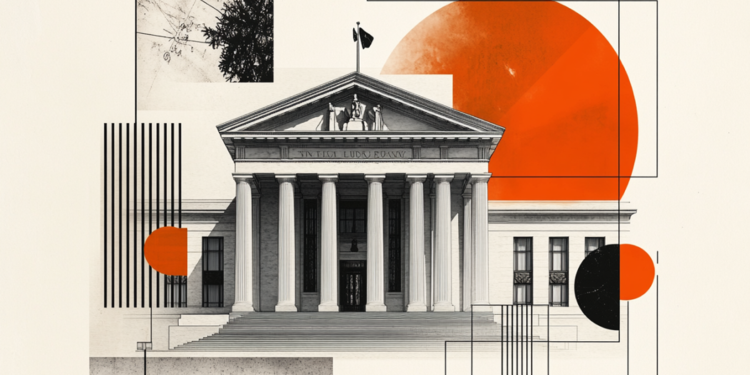In an interview with Fox Business on Thursday, Federal Reserve (Fed) Governor Christopher Waller reiterated that he continues to believe that tariffs will cause a one-time increase in prices and added that the Fed’s standard playbook is to look through one-time price impacts, per Reuters.
Key takeaways
“Markets are watching fiscal policy and have concerns.”
“Markets are looking for more fiscal discipline.”
“Fed won’t buy bonds in primary auctions.”
“Hard data shows economy doing quite well, scant sign of tariff impact so far.”
“If tariffs are closer to 10% then economy in good shape for the second half.”
“If tariffs settle down, the Fed could be in position to cut in the later part of the year.”
“Much more optimistic now relative to last month on tariffs.”
“Very hopeful the current path of administration is a good one.”
“Firms are pausing but not canceling plans.”
“Not seeing much from tariffs to drive inflation persistently.”
Market reaction
These comments don’t seem to be having a noticeable impact on the US Dollar’s performance. At the time of press, the US Dollar Index was virtually unchanged on the day at 99.70.
Fed FAQs
Monetary policy in the US is shaped by the Federal Reserve (Fed). The Fed has two mandates: to achieve price stability and foster full employment. Its primary tool to achieve these goals is by adjusting interest rates.
When prices are rising too quickly and inflation is above the Fed’s 2% target, it raises interest rates, increasing borrowing costs throughout the economy. This results in a stronger US Dollar (USD) as it makes the US a more attractive place for international investors to park their money.
When inflation falls below 2% or the Unemployment Rate is too high, the Fed may lower interest rates to encourage borrowing, which weighs on the Greenback.
The Federal Reserve (Fed) holds eight policy meetings a year, where the Federal Open Market Committee (FOMC) assesses economic conditions and makes monetary policy decisions.
The FOMC is attended by twelve Fed officials – the seven members of the Board of Governors, the president of the Federal Reserve Bank of New York, and four of the remaining eleven regional Reserve Bank presidents, who serve one-year terms on a rotating basis.
In extreme situations, the Federal Reserve may resort to a policy named Quantitative Easing (QE). QE is the process by which the Fed substantially increases the flow of credit in a stuck financial system.
It is a non-standard policy measure used during crises or when inflation is extremely low. It was the Fed’s weapon of choice during the Great Financial Crisis in 2008. It involves the Fed printing more Dollars and using them to buy high grade bonds from financial institutions. QE usually weakens the US Dollar.
Quantitative tightening (QT) is the reverse process of QE, whereby the Federal Reserve stops buying bonds from financial institutions and does not reinvest the principal from the bonds it holds maturing, to purchase new bonds. It is usually positive for the value of the US Dollar.

